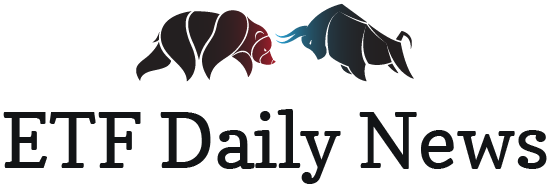Recession in 2024? Wall Street traders are saying “fuggedaboutit.”
An economic downturn is the furthest thing from the minds of market participants, as they are bullish on risky “junk” debt—chosen as the top contrarian trade, according to a majority of participants in a recent Bloomberg Markets Live Pulse survey. Despite heavy outflows in 2023, and countless warnings about the health of heavily indebted U.S. companies, more than half of the respondents see opportunities in high-yield bonds.
Technical factors may be one reason some investors see opportunities in junk bonds, a $1.35 trillion market in the U.S. The global high-yield bond market has shrunk by more than 20% since its 2021 peak, to a valuation of $1.94 trillion, according to Bloomberg data. Less issuance of junk bonds recently has already helped fuel a gain of more than 6% in the asset class this year.
Already, junk bond exchange-traded funds (ETFs) have seen an influx of cash since the last Federal Reserve meeting, amid signals from Chairman Jerome Powell and other Fed officials that the hiking cycle may be at its end. High-yield funds have seen cash inflows of $7 billion in November, reversing months of heavy outflows.
Now that we’ve seen what Wall Street thinks, what is the reality of the situation in corporate America?
Corporate America’s Borrowing
Corporate America’s overall borrowed debt totals $13 trillion, according to Federal Reserve data.
That’s a big number and looks even bigger now. Businesses that grew accustomed to cheap debt during more than a decade of near-zero interest rates must now adjust to a world where financing costs a lot more. This could be a crucial point, because more than $3 trillion of corporate debt is due for repayment over the next five years.
The ratings agency Moody’s says global default rates on riskier debt reached 4.5% over the year to September, above the historical average of 4.1%. Here in the US, the rate has climbed to 4.9%. Moody’s predicts the U.S. default rate will peak at 5.4% by January. But if economic conditions worsen, it could soar as high as 14%.
In a possible sign of more defaults to come, Moody’s “B3N negative and lower” roster—a distressed debt watchlist—rose to 240 companies during the third quarter of this year, up from 177 companies a year ago.
The greatest concern centers on the less creditworthy borrowers in the $1.35 trillion junk or high-yield market. Coupons there now average 9.4%, more than double their lows in late 2021.
In addition, a recent survey by the National Federation of Independent Businesses showed that…
Continue reading at INVESTORSALLEY.com
